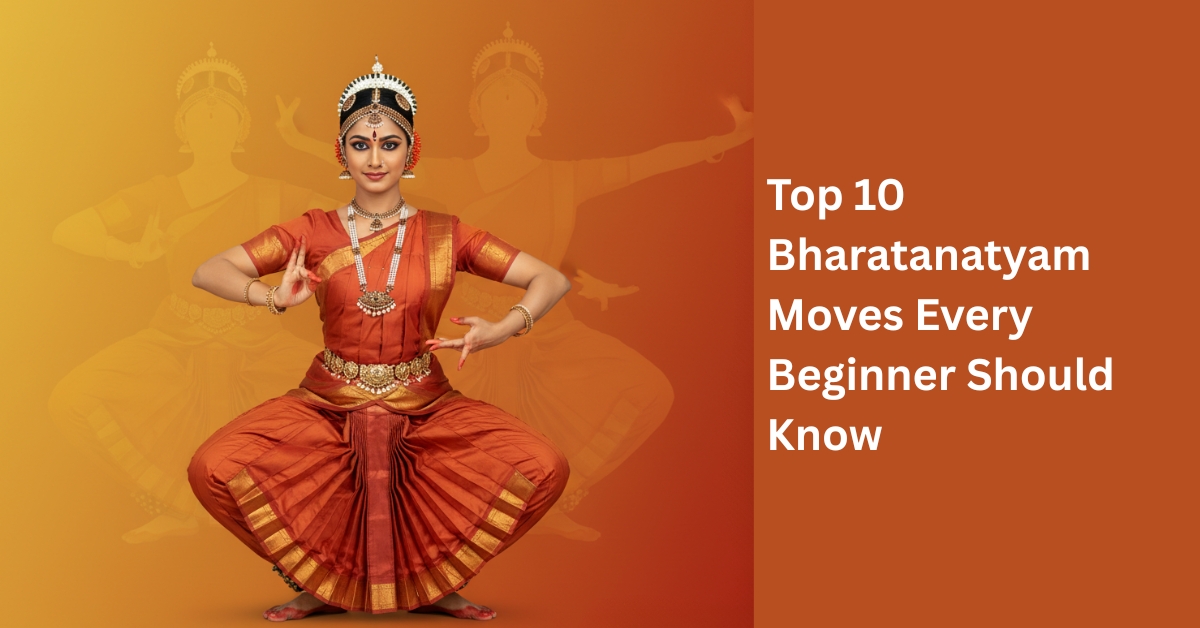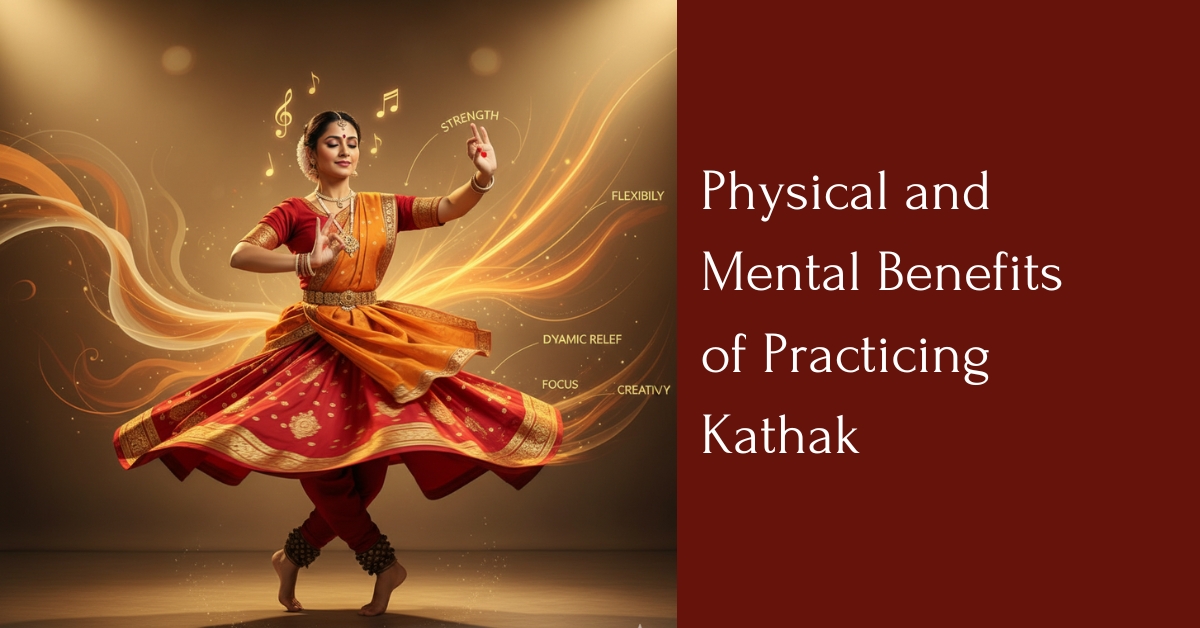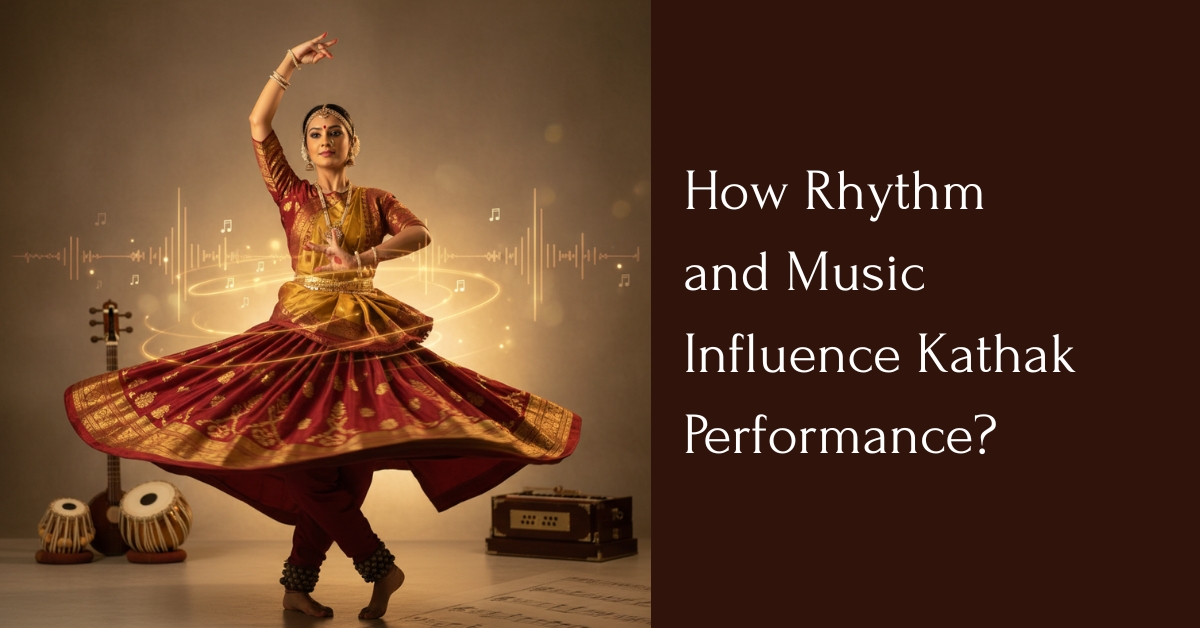Top 10 Bharatanatyam Moves Every Beginner Should Know

Bharatanatyam, one of the oldest classical dance forms of India, is celebrated for its grace, rhythm, and storytelling ability. Originating in Tamil Nadu, this dance form combines intricate footwork, expressive hand gestures (mudras), and captivating facial expressions to narrate stories from Hindu mythology. For beginners, understanding the foundational moves is crucial to mastering Bharatanatyam. Here, we explore the top 10 Bharatanatyam moves that every beginner should know.
1. Aramandi (Half-Sitting Position)
Aramandi is the fundamental stance in Bharatanatyam. Also called the half-sitting posture, it strengthens the legs and provides a stable base for all movements. Beginners should focus on keeping the knees bent outward, the back straight, and the feet firmly on the ground. Practicing Aramandi regularly improves balance, stamina, and control, forming the foundation for more advanced steps.
2. Adavu (Basic Steps)
Adavu refers to the basic steps or sequences in Bharatanatyam. There are several types of Adavus, including Tatta Adavu, Natta Adavu, and Kuditta Mettu Adavu. Each Adavu combines rhythmic footwork with hand gestures and body movements. Beginners should start with Tatta Adavu, which involves stamping the feet in rhythm while maintaining perfect posture. Adavus are essential as they teach coordination between the hands, feet, and expressions.
3. Mudras (Hand Gestures)
Mudras are symbolic hand gestures used to convey emotions, actions, and objects. In Bharatanatyam, there are 28 single-hand mudras (Asamyuta Hastas) and 24 double-hand mudras (Samyuta Hastas). Beginners often start with basic mudras like Pataka, Tripataka, and Ardhapataka. Mastery of mudras allows dancers to narrate stories and express emotions effectively, making them a vital part of the learning process.
4. Kuditta Mettu (Jumping Step)
Kuditta Mettu is a dynamic step that adds energy to the performance. It involves a controlled jump while maintaining the Aramandi position. Beginners should focus on keeping rhythm, landing softly, and coordinating hand movements with the footwork. Practicing Kuditta Mettu enhances agility, timing, and coordination, essential skills for advancing in Bharatanatyam.
5. Tattu Mettu (Stamping Step)
Tattu Mettu is one of the earliest steps taught to beginners. It involves stamping the feet in a rhythmic pattern while maintaining Aramandi. This step helps in understanding rhythm, balance, and the synchronization of body and foot movements. Regular practice of Tattu Mettu improves leg strength and builds confidence in executing complex sequences later on.
6. Natta Adavu (Traveling Step)
Natta Adavu is a graceful traveling step that helps dancers move across the stage while maintaining elegance and rhythm. Beginners learn to coordinate their footwork with hand gestures, maintaining posture and fluidity. This step is essential for performing sequences that require movement across different areas, making the performance visually appealing.
7. Kapitthaka (Expressive Gesture)
Kapitthaka is a mudra used to express various emotions and objects. In combination with facial expressions, it helps in storytelling. Beginners should practice Kapitthaka along with basic adavus to understand how hand gestures integrate with footwork. Mastering this gesture enhances the dancer’s ability to communicate emotions effectively, a key element in Bharatanatyam.
8. Chakkar (Spinning Step)
Chakkar involves controlled spinning, often used to transition between movements or add dramatic effect. For beginners, practicing Chakkar improves balance, concentration, and spatial awareness. The key is to maintain posture, spot the direction of rotation, and synchronize spins with the rhythm of the music. Over time, Chakkar adds grace and fluidity to the performance.
9. Hasta Mudras Combinations
Beyond individual mudras, combinations of hand gestures are equally important. Beginners learn to combine different mudras with Adavus to convey specific stories or emotions. Practicing these combinations develops hand coordination, rhythm, and expressiveness, enabling dancers to create visually captivating sequences.
10. Abhinaya (Expressive Dance)
Abhinaya is the art of expression in Bharatanatyam. It involves facial expressions, eye movements, and gestures to convey emotions and narratives. Beginners are encouraged to practice Abhinaya alongside basic steps and mudras. Understanding Abhinaya allows dancers to connect with the audience, transforming technical movements into expressive storytelling.
Building a Strong Bharatanatyam Foundation
Learning Bharatanatyam is a journey that requires patience, dedication, and consistent practice. Starting with foundational moves like Aramandi, basic Adavus, and mudras ensures a strong base for more advanced techniques. Each step, gesture, and expression plays a vital role in building the elegance and rhythm characteristic of this classical dance form. By mastering these top 10 moves, beginners not only gain technical skills but also develop the confidence and poise to perform Bharatanatyam gracefully. With regular practice and guidance from the best bharatanatyam dance classes classes in Dubai, the journey from beginner to proficient dancer becomes an enriching and transformative experience.
Most Recent Posts
Category
Explore Our Services
Join our fun and engaging dance, music, and art classes for all ages!



